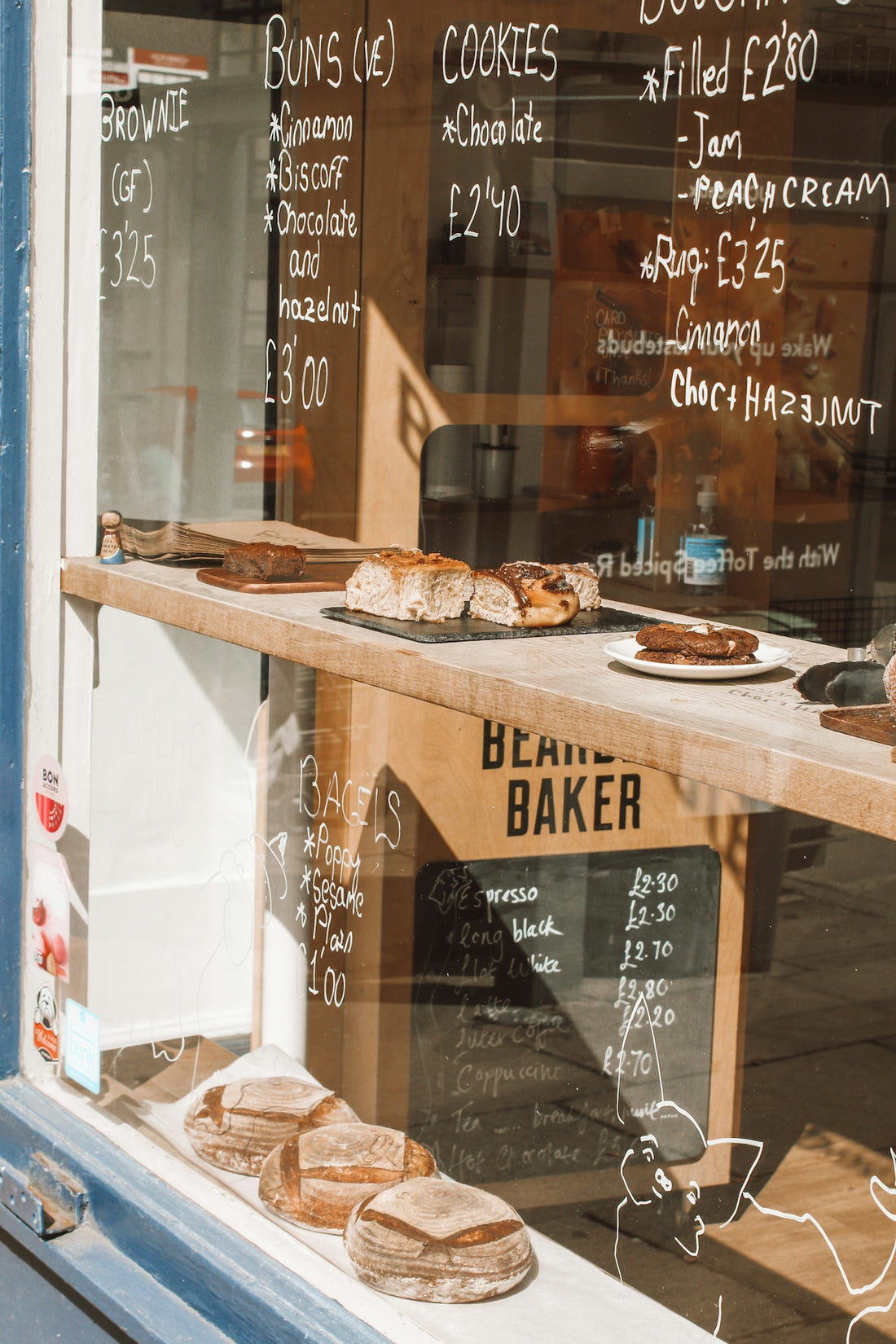
Sourdough Starter Mysteries: Addressing Problems in Wild Yeast Fermentation
The art of creating a perfect sourdough starter is both a science and a touch of magic. Engaging in wild yeast fermentation, the process in which naturally occurring yeast and bacteria work harmoniously to rise and flavor your dough, isn’t just about following a sourdough bread recipe or mastering a sourdough starter feeding schedule. It's about understanding the mysterious world of wild yeast to troubleshoot and refine our bread-making process.
Unraveling the Secrets of Sourdough Starter
When embarking on your homemade sourdough journey, the sourdough starter is the nucleus of your entire operation. While it sounds simple—with just flour and water—the intricacies involved are vast. Many bakers, both novice and experienced, encounter issues that can feel overwhelming. Here, we delve into the mysteries of sourdough starter, aiming to demystify common conundra and share essential sourdough baking tips.
Understanding wild yeast fermentation
Wild yeast fermentation is the culmination of time, patience, and microbiology. Unlike commercially produced yeast, wild yeast thrives in a naturally addictive dance with lactic acid bacteria, creating the signature tangy taste and unique texture of sourdough bread. The benefits of sourdough fermentation aren’t limited to taste—the process makes this bread easier on your digestive system and a healthier choice for many, even prompting interest in sourdough for diabetics.
Feeding and Maintaining Your Sourdough Starter
One of the most critical aspects of sourdough fermentation is understanding how to feed your sourdough starter. A well-fed starter will greatly affect how your bread turns out. Here’s a simple feeding schedule to follow:
- Consistent Environment: Keep your starter in a warm place, ideally between 70°F to 75°F (21°C to 24°C).
- Daily Feeding: Discard a portion (around half) of your starter and feed with equal parts flour and water.
- Observe and Adjust: Depending on how active your starter is, you may need to adjust the feeding schedule.
Follow the sourdough starter feeding schedule to keep it lively and ready to bake.
Troubleshooting Your Sourdough Starter
Even the most seasoned bakers encounter issues with their starters. The key is knowing how to address these problems:
- Starter Not Bubbling: Temperature could be too low, try warming the environment.
- Sour Smell: A vinegar scent is normal, but a sharp, acetone-like smell indicates it needs more frequent feedings.
- Grey Liquid: Hooch, a liquid on top, can indicate hunger. Stir it back in or pour it off before feeding.
Baking the Perfect Sourdough Bread
Once you have mastered the art of maintaining a sourdough starter, it's time to delve into artisan bread baking. Here, we cover essential aspects from shaping to baking, ensuring that your homemade sourdough results in a crispy crust and tantalizing taste.
- Shaping and Scoring: Proper shaping ensures your dough contains the right tension to rise correctly, while scoring helps control expansion. Consider the Bread Lame Dough Score for perfect cuts.
- Crispy Crust: To get a crispy sourdough crust, consider baking your bread on a preheated stone, like the 12 Inch Ceramic Pizza Stone.
Tools of the Trade
Successfully navigating the complexities of sourdough requires the right tools. From effective scoring to achieving optimal fermentation, consider these high-quality accessories:
- Professional Baking Tools Set: This kit contains the essentials to manage and bake with your starter.
- Nonna Bella's Bamboo Pizza Board: Perfect for handling dough and pizza creations.
Alternative Sourdough Endeavors
Sourdough is incredibly versatile. Beyond bread, it can be transformed into delightful sourdough bagels, satisfying sourdough pizza dough, and more. Don't overlook the creative use of sourdough discard in recipes as a way to reduce waste and expand your culinary repertoire.
- Experiment with sourdough discard recipes for pancakes, waffles, and more.
- Try your hand at crafting the perfect pizza with the Nonna’s Pizza Dough Docker to ensure even baking.
The Sourdough Adventure Continues
Embarking on a journey with sourdough is more than just baking—it's an exploration of flavor, texture, and tradition. Embrace the nuances of wild yeast fermentation and the procedural dance that is My Sourdough Life and let each bake illuminate the mysteries and joys of sourdough. For further exploration, visit Italian Sourdough.
Conclusion
Whether it's learning how to feed, store, and troubleshoot your starter or exploring luxurious Italian sourdough bread recipes, this ancient art form simultaneously nurtures and challenges us. Our understanding deepens with each fermentation cycle, bringing us one step closer to sourdough perfection.
Join the conversation and sprinkle your insights in the comments below. Together, let's unlock the endless possibilities of sourdough baking!
